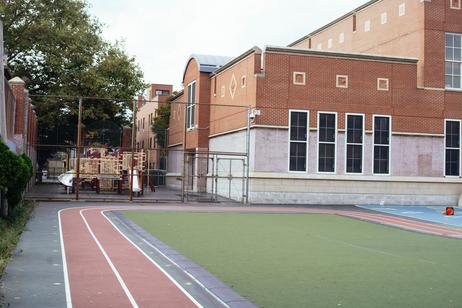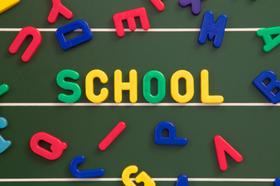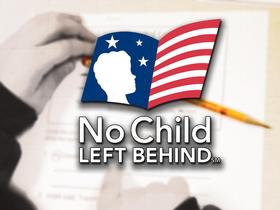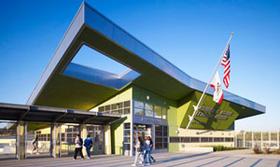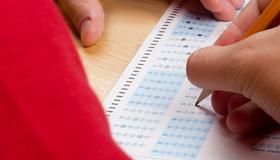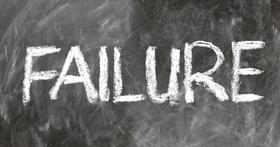Chicago school officials may have made their decision to close 54 of the city’s schools official, but that hasn’t stopped the fight from teachers, students and parents who had direct stake in those schools. As recently as last week, students have staged protests over the closing of their schools, and members of the Chicago Teachers Union continue to make their voices heard through public protests and lawsuits. In the midst of the controversy, new information has surfaced suggesting Chicago Public Schools may not have been as forthcoming with information used to determine school closings as they could have been.
Protests Staged
reports that dozens of members of the Chicago Teachers Union were recently arrested during three days of protests that culminated in a march on City Hall. Protests began on the South and West sides of the city before the protestors turned their sights on the city’s capitol building. Those doing business at City Hall during the protests had to weave around teacher union members to arrive at the offices they needed. It was when protestors began to block elevator entrances throughout the building that arrests were made on trespassing charges.
Members of the teachers union, as well as parents, students and other in the Chicago community have voiced concerns over school closures. One of the primary worries is over students having to cross gang lines to get to their newly assigned schools. Some school board members have also called





